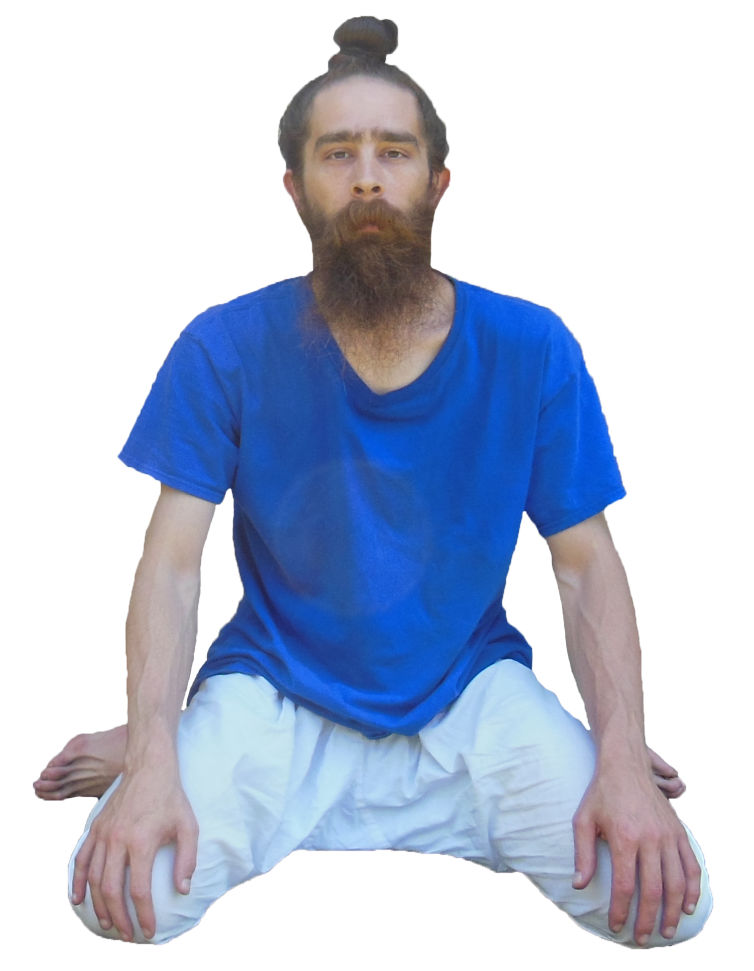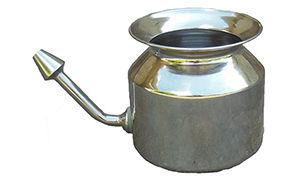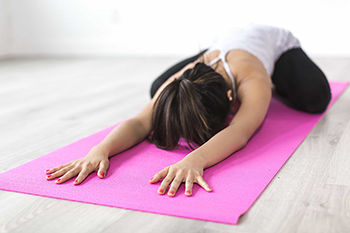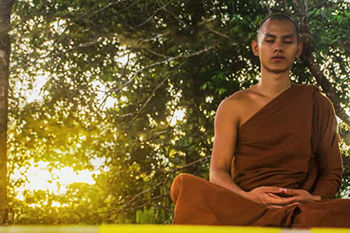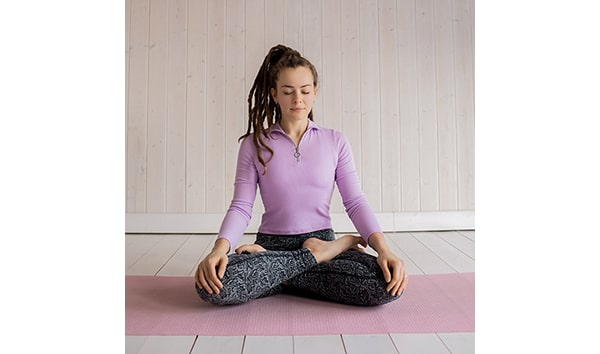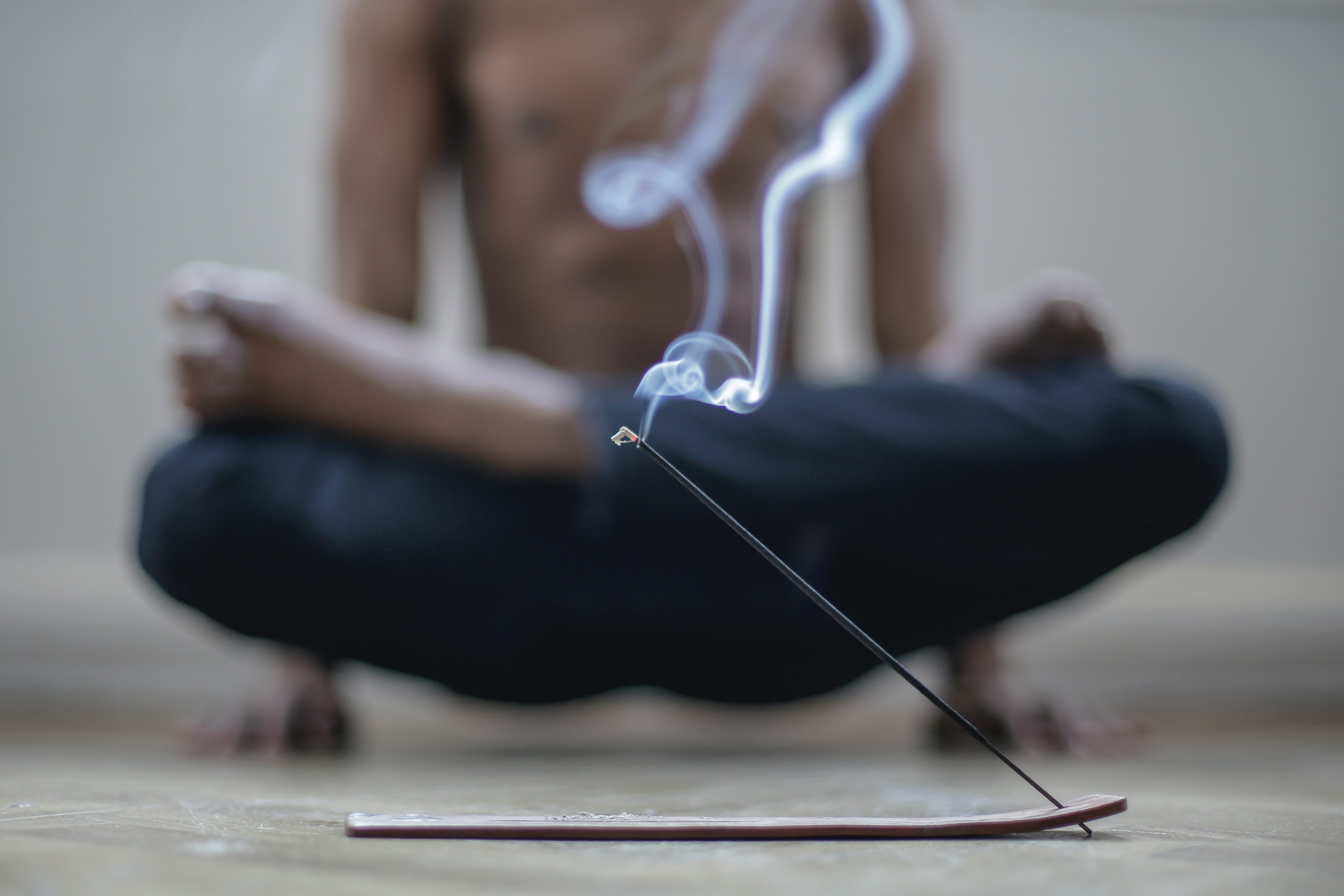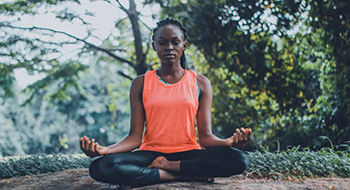In Sanskrit, Manduki means "frog" and Mudra means "gesture." This Mudra is a Kaya Mudra meaning "postural gesture" practice and is described in the Hatha Yoga Pradipika, Gheranda Samhita as well as the Shiva Samhita. This practice is also preformed in Kriya Yoga.
This Mudra is described as a practice that gives the practitioner the ability to have eternal youth. This practice gets its name from the resemblance from a sitting frog.
The goal of this practice is calm the fluctuations and disturbances of the mind while bringing a balance to Ida and Pingala Nadis meaning "energetic pathways."
